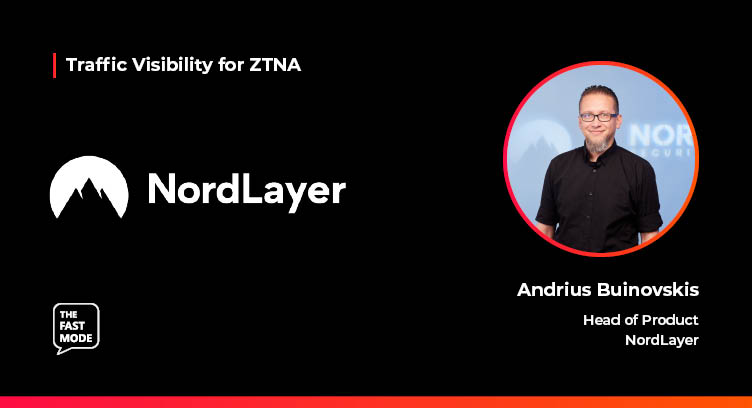The Fast Mode spoke to Andrius Buinovskis, Head of Product at NordLayer on the impact of traffic visibility on ZTNA networks. Andrius joins us in a series of discussions with leading cybersecurity and networking vendors, assessing the evolution of ZTNA technologies, the roadmap for ZTNA deployments, the benefits of ZTNA for enterprise and telco networks, and the need for real-time traffic visibility technologies such as DPI for ZTNA.
Ariana: Why is ZTNA the future of enterprise security?
Andrius: According to Gallup's analysis of the US workforce, comparing the period of 2019-2023, 40% of the remote-capable workforce have shifted from working entirely on-site to either a hybrid or exclusively remote work arrangement. Also, 77% of remote workers say they’re more productive when working from home. 85% of managers believe that having teams with remote workers will become the new norm. Lastly, 74% of workers say that having the option to work remotely would make.
Remote work is the future of working. However, it brings its own set of risks. For example, a hybrid or remote working environment makes your company's network perimeter wider and more vulnerable. The zero-trust model goes hand-in-hand in protecting your sensitive data. It constantly checks and confirms who's accessing the network, lowering risks. Also, ZTNA brings together various cloud-based security tools, creating a solid security net.
Ariana: What challenges do you see across ZTNA deployments?
Andrius: Sometimes, too many restrictions can choke your productivity. So, it is important to have sustainable ZTNA policies. Without defining the needs, infrastructure, and policies, ZTNA can become a burden. Also, ZTNA is just the beginning and won’t be a pill to cure all illnesses. For instance, if ZTNA is present and even the company’s network is segmented, the risk of a phishing attack or ransomware is still high. Also, data on transit is in its most vulnerable state. Keep it safe via secure channels, encrypted tunnels, TLS/SSL, site 2 Site connections. Lastly, do not forget cybersecurity tools like FWaaS, DNS Security, endpoint compliance, SWG, IDS, passkeys, and threat prevention/detection.
If you want to discuss NordLayer's development strategy and understand the value it already provides to business customers, you should speak with Andrius. Early in 1995, he was able to delete and reinstall Windows on his first computer; ever since, his main area of interest has been IT. He concentrated on IT services development in a variety of markets, including banking, telco, aviation, and cyber defence, prior to joining NordLayer.
This interview is a part of The Fast Mode's Next-Gen DPI Traffic Visibility for ZTNA segment, featuring over 40 leading cybersecurity and networking solution providers and their views on the importance of traffic visibility for ZTNA. A research report on this topic will be published in January 2024 - for more information, visit here.


















